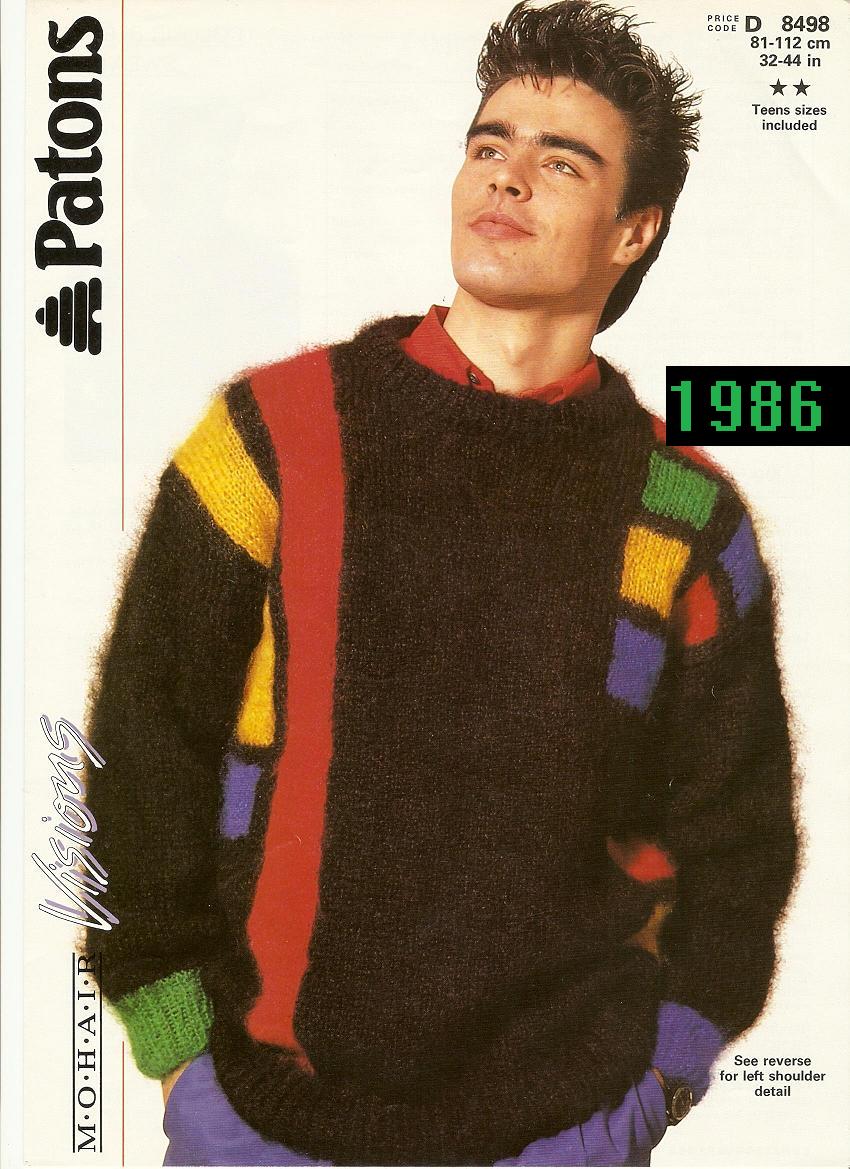The 1980s men fashion era was a vibrant tapestry woven with eclectic styles, audacious colors, and a spirit of rebellion. Throughout this decade, men’s fashion transformed, moving away from the conservative styles of the previous decades. This transformation was driven by pop culture, music, and a sense of individuality that encouraged men to express themselves through their clothing choices. The 1980s became synonymous with bold statements, oversized silhouettes, and a mix of influences from various subcultures, making it an unforgettable period in the fashion world.
As the decade progressed, fashion icons and celebrities stepped into the limelight, significantly impacting trends. From rock stars to movie heroes, these figures became the epitome of 1980s men fashion, showcasing styles that were daring and often extravagant. This period was marked by an explosion of new fabrics, patterns, and accessories that defined the era and influenced generations to come.
In examining 1980s men fashion, one can’t overlook the interplay of various elements such as music, film, and societal changes. The rise of MTV and the popularity of bands like Duran Duran and Culture Club introduced a new wave of fashion consciousness. Men began to experiment with their looks, embracing flamboyant styles that celebrated uniqueness and personal expression—an ethos that continues to resonate in today’s fashion landscape.
What Were the Key Elements of 1980s Men Fashion?
The 1980s men fashion was characterized by several distinctive elements that offered men a chance to explore their style. Below are some of the key features:
- Bold Colors and Patterns: Bright neon colors, geometric patterns, and prints dominated the fashion scene.
- Oversized Silhouettes: Baggy pants, oversized blazers, and loose-fitting shirts created a relaxed yet stylish look.
- Layering: The art of layering became essential, combining different textures and lengths for a unique appearance.
- Statement Accessories: Accessories such as chunky jewelry, vibrant hats, and oversized sunglasses were crucial in completing outfits.
Who Were the Fashion Icons of the 1980s?
The 1980s were rich with fashion icons who left an indelible mark on men’s fashion. Here are a few notable figures:
Biography: Prince
| Full Name | Prince Rogers Nelson |
|---|---|
| Date of Birth | June 7, 1958 |
| Occupation | Musician, Singer, Songwriter, Record Producer |
| Notable Work | Purple Rain, 1999, Sign o' the Times |
Prince, with his androgynous style and flamboyant outfits, epitomized the boldness of 1980s men fashion. Known for his daring choices, he often wore ruffled shirts, tight pants, and platform shoes, making him a trendsetter of the era. His fashion not only complemented his music but also broke gender norms, encouraging men to explore their own unique styles.
What Were the Popular Trends in 1980s Men Fashion?
The fashion trends of the 1980s were diverse, reflecting the eclectic spirit of the times. Some of the most popular trends included:
- Power Suits: Tailored suits with broad shoulders became a staple for the corporate male, symbolizing success and authority.
- Casual Wear: Denim jackets, graphic tees, and sneakers became everyday attire for the young and fashionable.
- Rock and Roll Influence: Leather jackets, band t-shirts, and ripped jeans were popularized by rock musicians and embraced by fans.
- Sportswear: Tracksuits and athletic gear became fashionable, influenced by the fitness craze of the decade.
How Did Music Influence 1980s Men Fashion?
Music played a pivotal role in shaping the fashion landscape of the 1980s. Artists and bands became fashion icons, influencing the clothing choices of their fans. The rise of music videos allowed musicians to showcase their unique styles, leading to a surge in popularity of specific looks. Here are a few ways music influenced 1980s men fashion:
- MTV Culture: The launch of MTV in 1981 revolutionized the way music was consumed and promoted fashion trends alongside music.
- Rock Bands: Bands like Guns N' Roses and Bon Jovi popularized leather jackets and ripped jeans as essential elements of the rock aesthetic.
- Pop Icons: Artists like Michael Jackson and Madonna influenced mainstream fashion with their innovative and often controversial styles.
What Accessories Were Essential in 1980s Men Fashion?
Accessories played a crucial role in completing the 1980s men fashion look. Here are some essential accessories that defined the decade:
- Chunky Jewelry: Men embraced bold necklaces, bracelets, and earrings, often made from metal or plastic.
- Wide Belts: Oversized belts with large buckles were a common sight, often worn with baggy trousers.
- Sunglasses: Oversized and brightly colored sunglasses became a major fashion statement, often seen on celebrities.
- Hats: From baseball caps to wide-brimmed hats, headwear was a popular choice for both casual and formal outfits.
How Can We Incorporate 1980s Men Fashion Today?
While 1980s men fashion may seem like a thing of the past, many elements can be reimagined and integrated into modern wardrobes. Here are some tips for incorporating this timeless style:
- Mix and Match: Combine vintage pieces with contemporary clothing for a balanced look.
- Play with Colors: Don’t shy away from bold colors and patterns; they can add a fun twist to any outfit.
- Invest in Accessories: Choose statement accessories to elevate your style and add a personal touch.
- Embrace Oversized Fits: Oversized jackets and baggy trousers can create a relaxed yet fashionable appearance.
Conclusion: Why is 1980s Men Fashion Still Relevant?
The 1980s men fashion remains relevant today due to its boldness and the way it challenged societal norms. This era encouraged men to express themselves through their clothing, paving the way for future generations to explore diverse styles. The influence of 1980s culture is evident in current fashion trends, as designers continue to draw inspiration from the past. By revisiting and reinterpreting 1980s men fashion, we celebrate a time of creativity and individuality that continues to inspire fashion enthusiasts around the world.
Capturing Serenity: The Magic Of Golden Hour Piano
Visionary Relief: The Rise Of Motion Sickness Glasses
Unraveling The Depths Of Emotion: The Story Behind Jelly Roll's "I'm Not OK"


